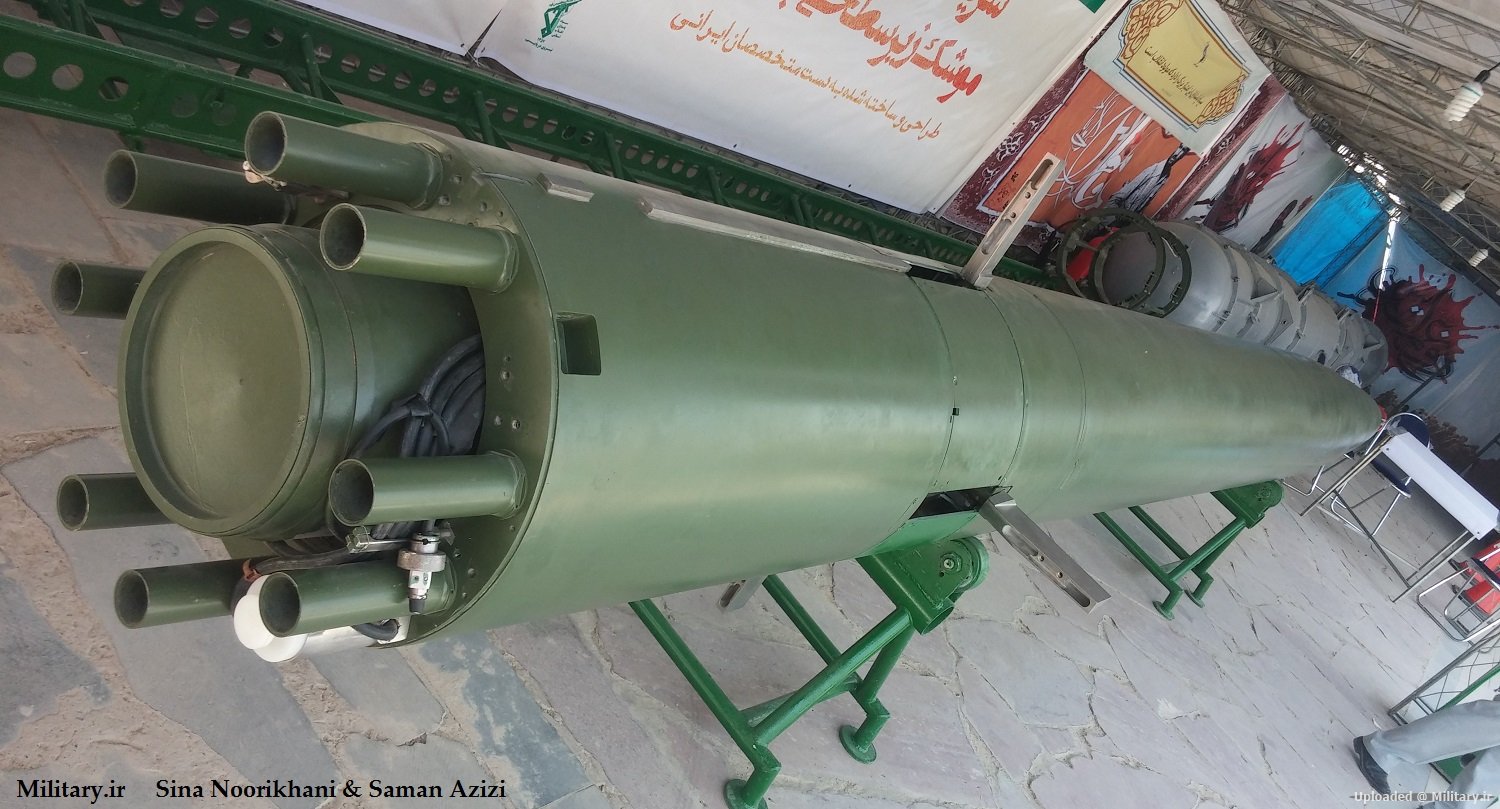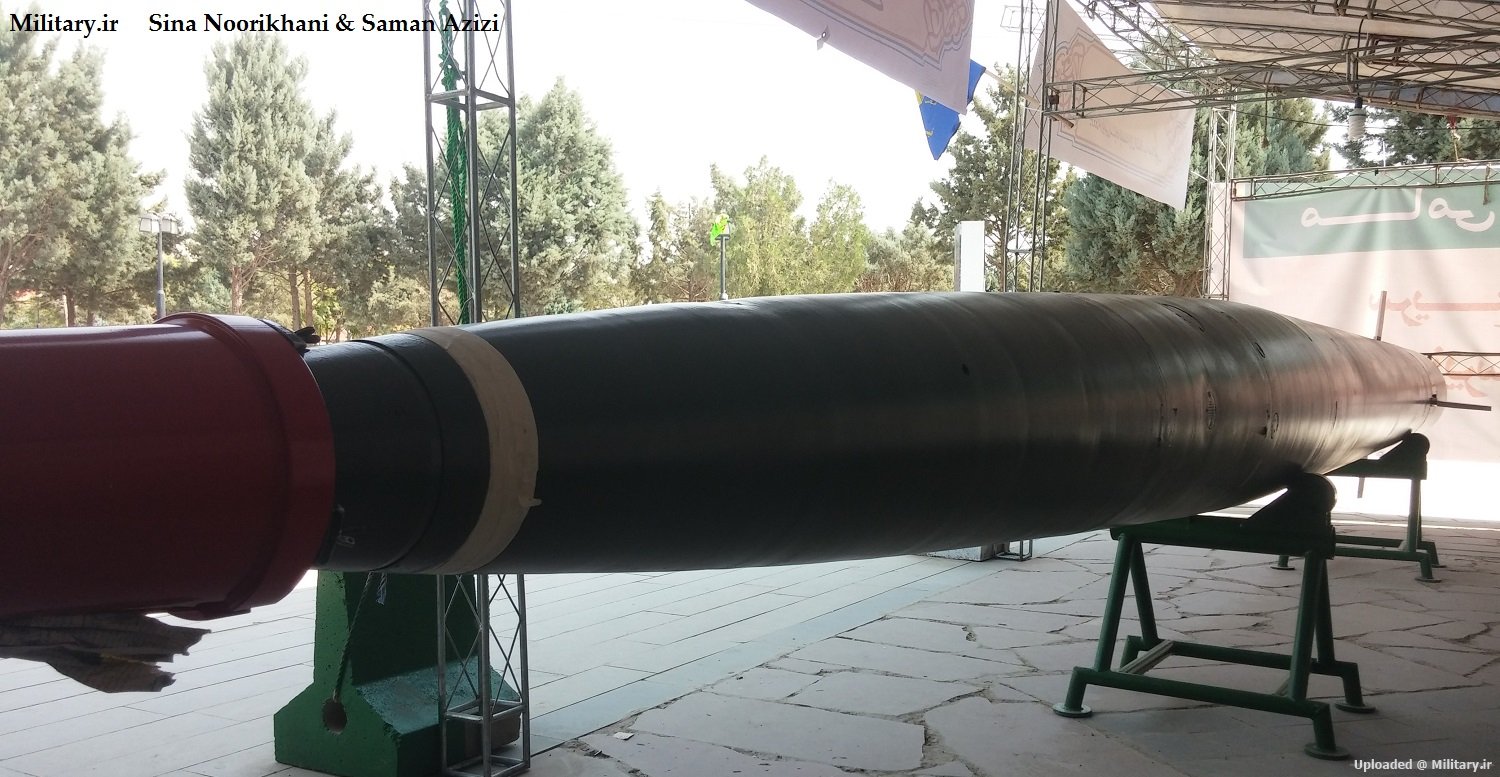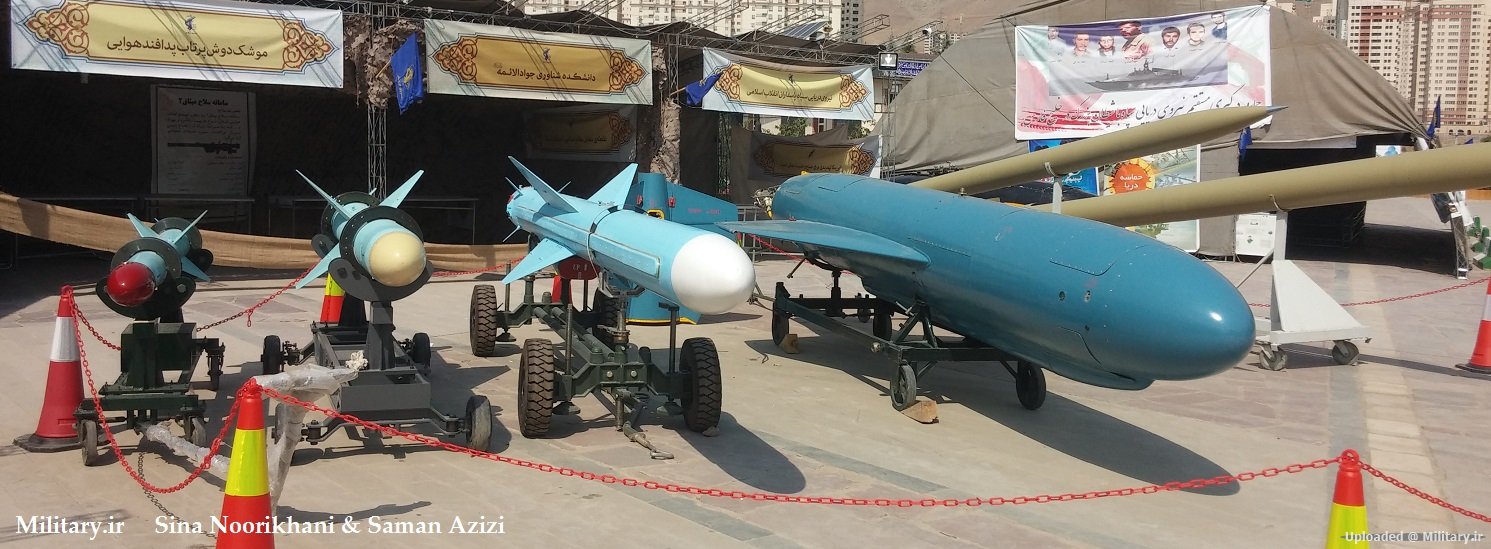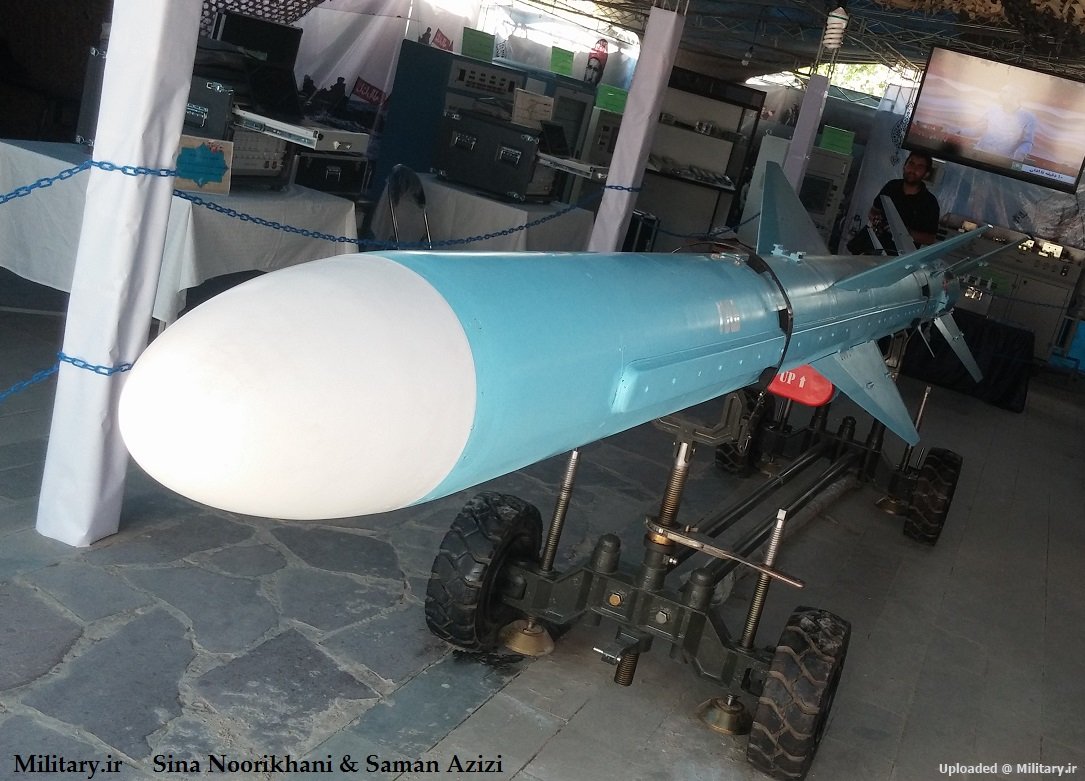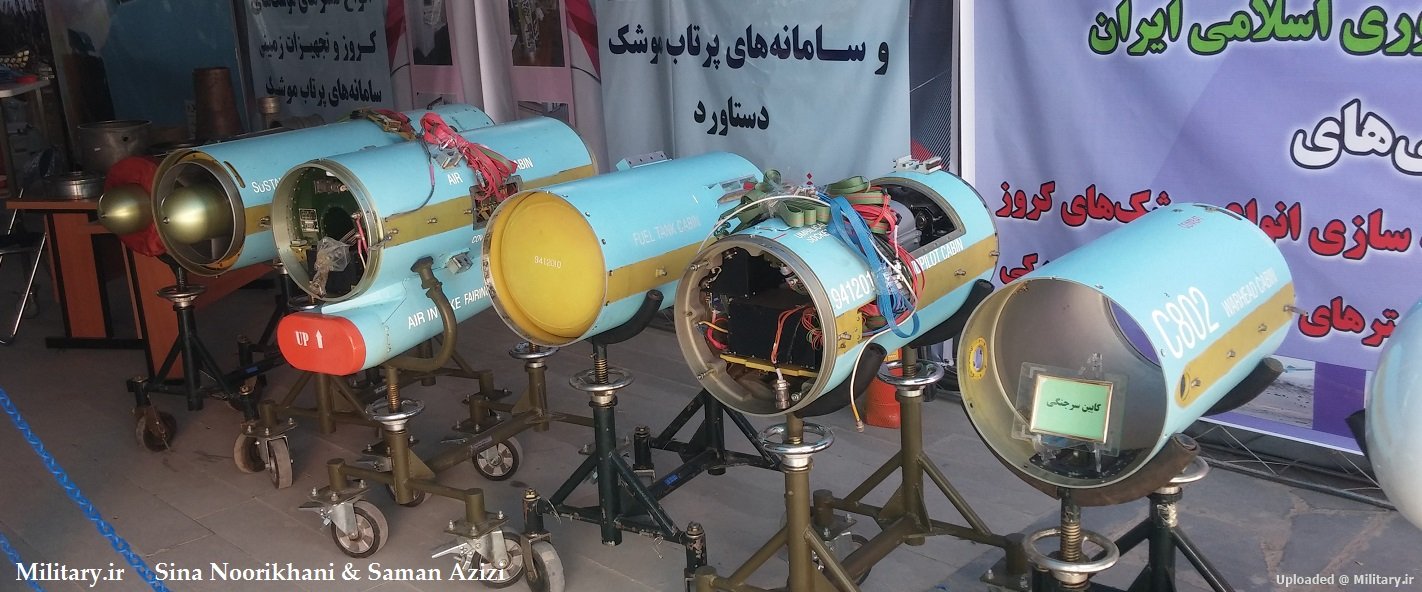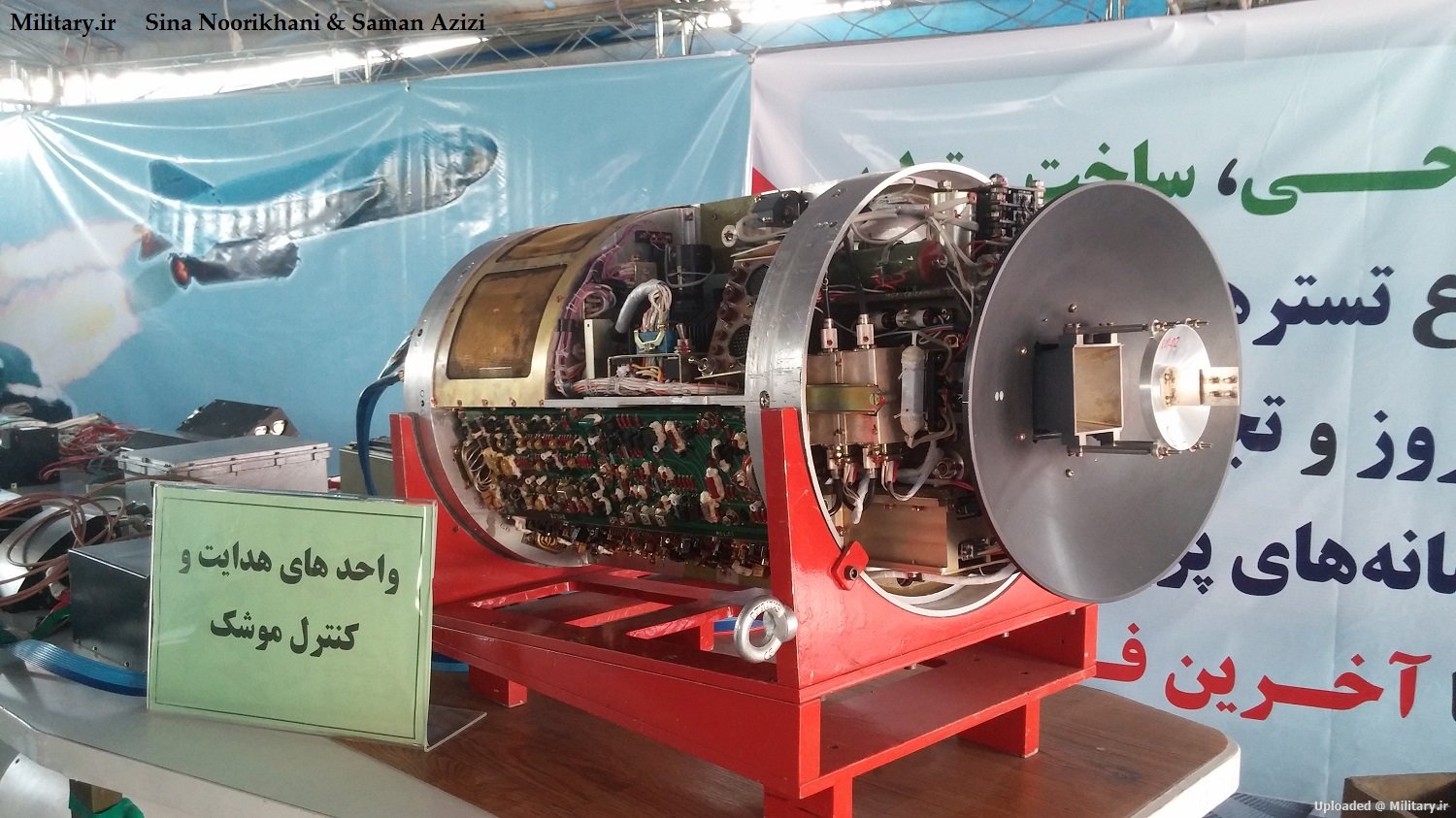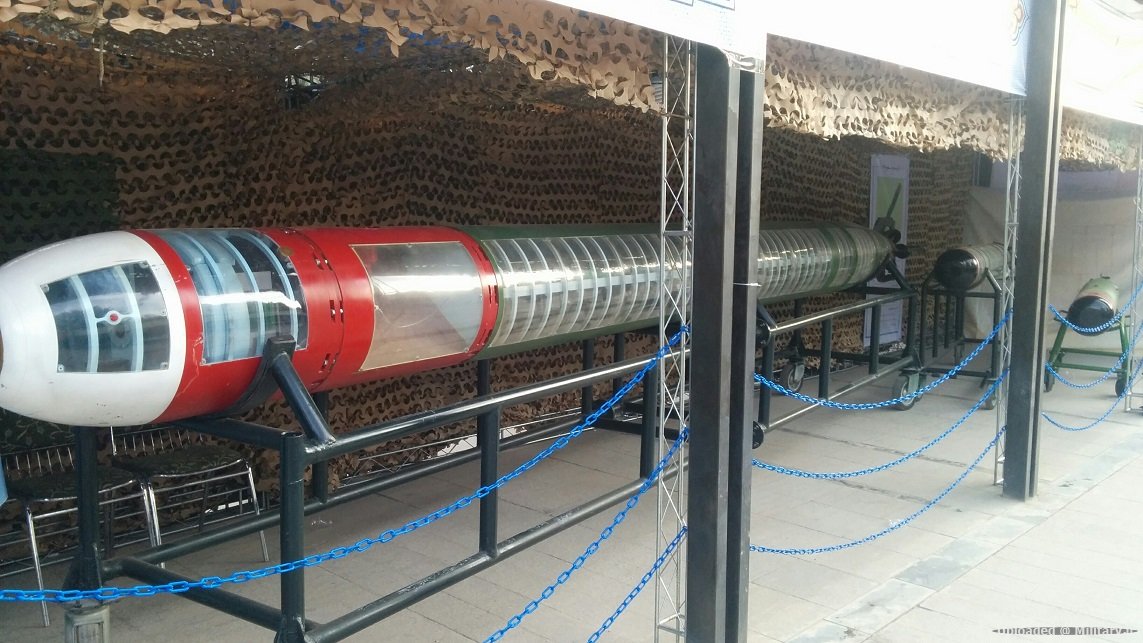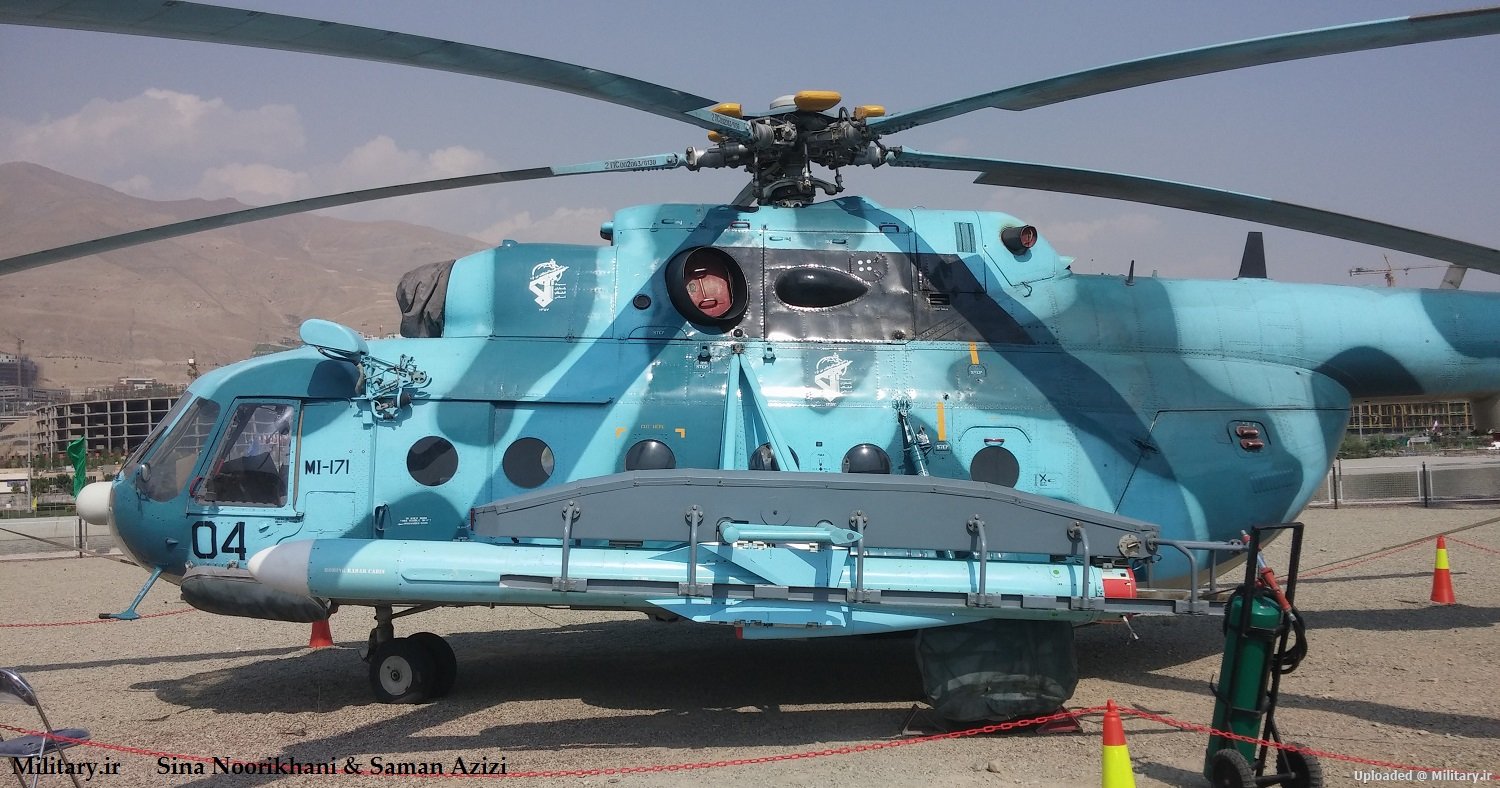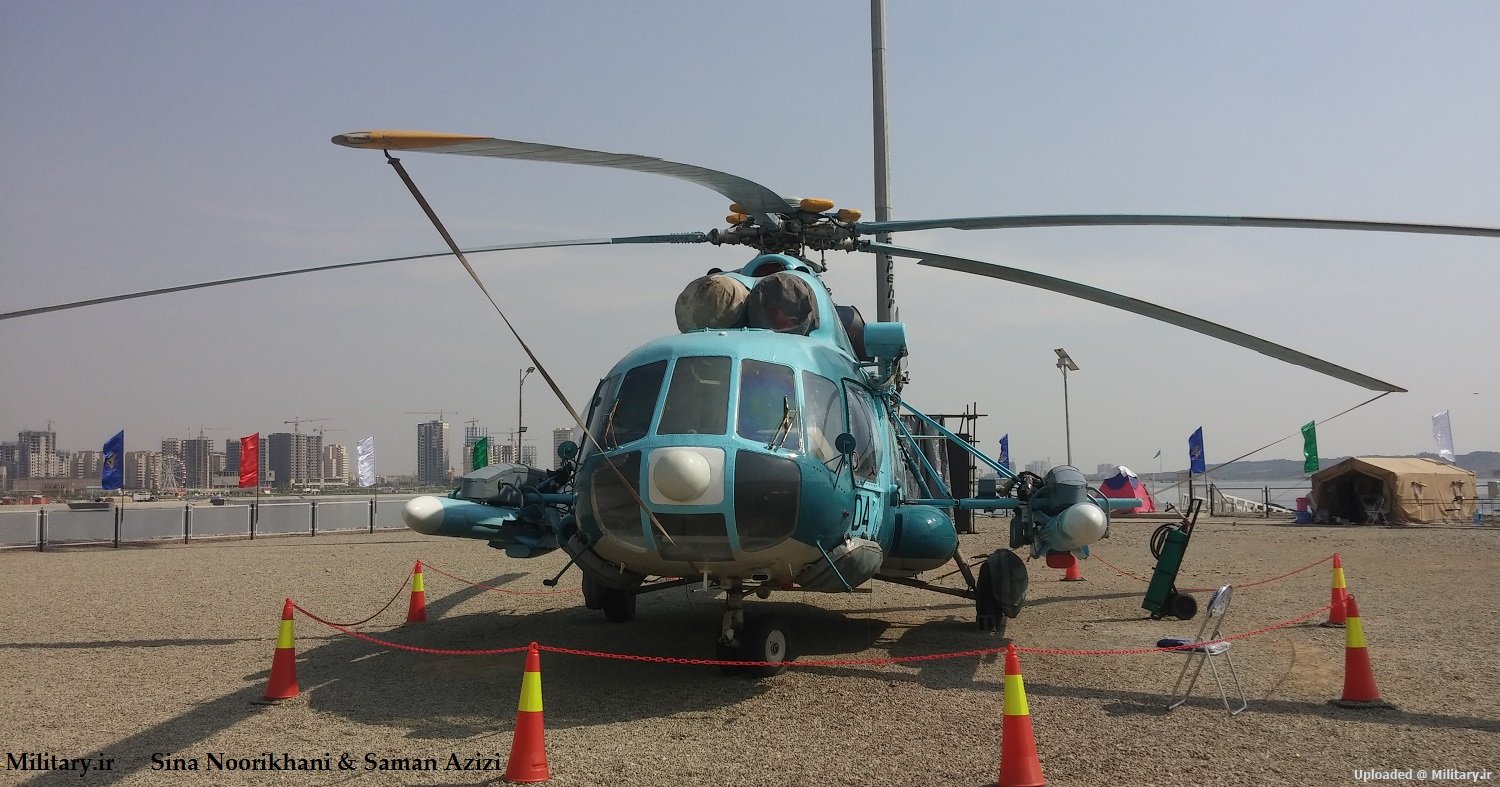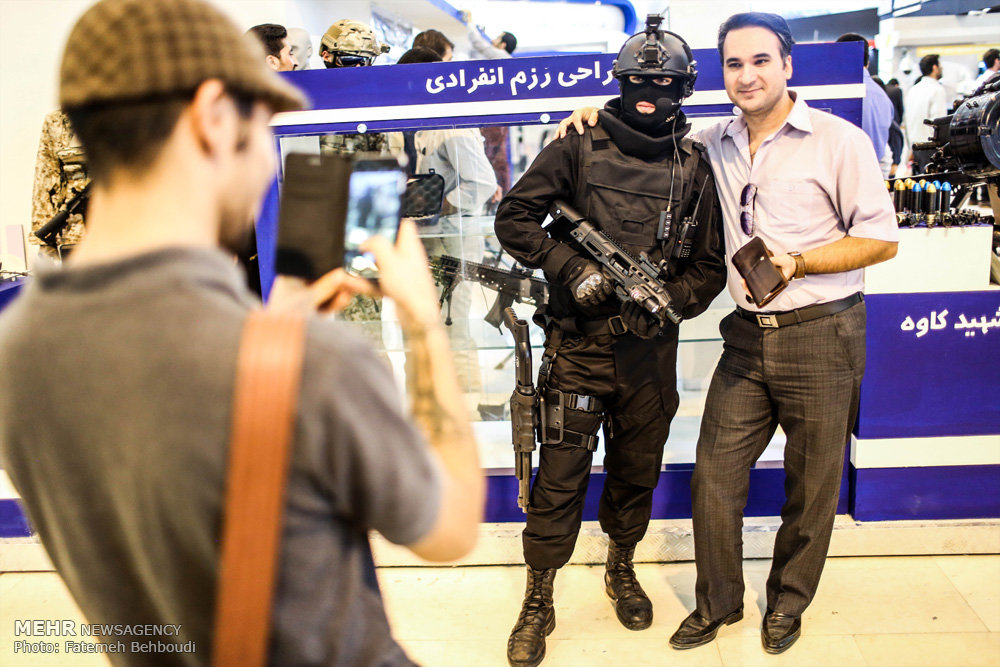From NYT:
To be continuedBillions From U.S. Fail to Sustain Foreign Forces
By and OCT. 3, 2015
WASHINGTON — With alarming frequency in recent years, thousands of American-trained security forces in the Middle East, North Africa and South Asia have collapsed, stalled or defected, calling into question the effectiveness of the tens of billions of dollars spent by the United States on foreign military training programs, as well as a central tenet of the Obama administration’s approach to combating insurgencies.
The setbacks have been most pronounced in three countries that present the administration with some of its biggest challenges. The Pentagon-trained army and police in ’s Anbar Province, the heartland of the Islamic State militant group, have barely engaged its forces, while several thousand American-backed government forces and militiamen in ’s Kunduz Province last week when attacked by several hundred Taliban fighters. And in , a $500 million Defense Department program to train local rebels to fight the Islamic State has produced only a handful of soldiers.
American-trained forces face different problems in each place, some of which are out of the United States’ control. But what many of them have in common, American military and counterterrorism officials say, is poor leadership, a lack of will and the need to function in the face of intractable political problems with little support. Without their American advisers, many local forces have repeatedly shown an inability to fight.
“Our track record at building security forces over the past 15 years is miserable,” said Karl W. Eikenberry, a former military commander and United States ambassador in Afghanistan.
The American military has trained soldiers in scores of countries for decades. But after the terrorist attacks of Sept. 11, 2001, that mission jumped in ambition and scale, especially in Afghanistan and Iraq, where the ultimate goal was to replace the large American armies deployed there.
The push to rebuild the Iraqi Army that the United States disbanded after the 2003 invasion had largely succeeded by the time American troops withdrew eight years later. But that $25 billion effort quickly crumbled after the Americans left, when the politicization of the army leadership under Prime Minister Nuri Kamal al-Maliki eroded the military’s effectiveness at all levels, American officials said.
In Afghanistan, basic training typically included marksmanship, ambush drills and other counterterrorism skills. Before they could begin that, most new Afghan recruits also needed time-consuming literacy training so they could read the serial numbers on their weapons, or lessons on proper hygiene to prevent illnesses that would reduce their effectiveness in combat. Still, there were notable successes: Afghan special forces trained and advised by their American counterparts proved to be especially capable fighters.
Then, in at West Point in May 2014, put the training of foreign troops at the center of his strategy for combating militant groups that threaten American interests. The United States, he said, will no longer send large armies to fight those wars and, in the case of Afghanistan, would continue to withdraw the forces that are there. Instead, it will send small numbers of military trainers and advisers to help local forces, providing them with logistical, intelligence and other support.
“We have to develop a strategy,” Mr. Obama said, “that expands our reach without sending forces that stretch our military too thin or stir up local resentments. We need partners to fight terrorists alongside us.”
Expensive Failures
Mr. Obama’s approach has already endured several setbacks, but with no political appetite among most Republicans or Democrats to send in large numbers of American troops, the administration is adjusting its strategy, often turning to regional allies for help in supporting local forces.
In northwest Africa, the United States has spent more than $600 million to combat Islamist militancy, with training programs stretching from Morocco to Chad. American officials once heralded Mali’s military as an exemplary partner. But in 2012, battle-hardened Islamist fighters returned from combat in Libya to rout the military, including units trained by United States Special Forces. That defeat, followed by led by an American-trained officer, Capt. Amadou Haya Sanogo, astounded and embarrassed American commanders. French, United Nations and European Union forces now carry out training and security missions in Mali.
In Yemen, American-trained troops and counterterrorism forces largely disbanded when Houthi rebels last year and forced the government into exile. The United States is now relying largely on a Saudi-led air campaign that has caused .
More recently in Afghanistan, Iraq and Syria, the military campaigns against the Taliban and the Islamic State, also known as ISIS or ISIL, . After that only four or five American-trained Syrian rebels were actually in the fight there, Pentagon officials said last week that they were suspending the movement of new recruits from Syria to Turkey and Jordan for training. The program suffered from a shortage of recruits willing to fight the Islamic State instead of the army of President Bashar al-Assad, a problem Mr. Obama noted at on Friday.
“I’m the first one to acknowledge it has not worked the way it was supposed to,” he said. “A part of the reason, frankly, is because when we tried to get them to just focus on ISIL, the response we get back is, ‘How can we focus on ISIL when, every single day, we’re having barrel bombs and attacks from the regime?’ ”
In Afghanistan, the United States has spent about $65 billion to build the army and police forces. Even before last week’s setback in Kunduz, many Afghan forces were struggling to defeat the Taliban, partly because of what many senior commanders said had been a precipitous American drawdown before Afghans were ready to be on their own. But how thousands of Afghan Army, police and militia defenders could against a Taliban force that most local and military officials put only in the hundreds baffled and frustrated the Pentagon.
If there is a bright spot in the training landscape, it may be the American-financed effort by a 22,000-member African Union force — from nations like Kenya, Uganda and Ethiopia — to oust the Shabab, Al Qaeda’s affiliate in Somalia, from many areas of the country. The Shabab’s leader, Ahmed Abdi Godane, was killed last year in , and other agents have been killed by drone strikes.
The American government has invested nearly $1 billion in the overall strategy in Somalia. But even with the gains, the Shabab have been able to carry out , the capital, and in neighboring countries, including massacres at a and a in Kenya in the past two years.







